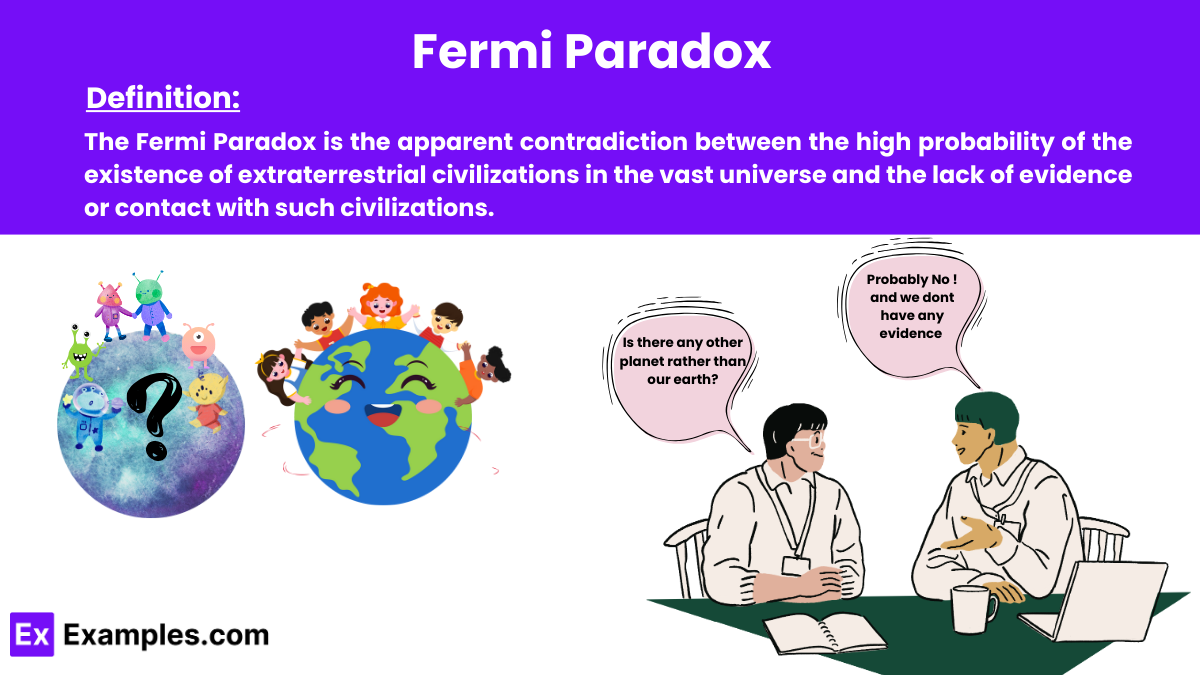What is the Fermi Paradox?
The contradiction between the high probability of extraterrestrial life and the lack of evidence for it
The difference between observed and expected levels of cosmic radiation
The conflict between quantum mechanics and general relativity
The disagreement between the Big Bang theory and steady-state theory



